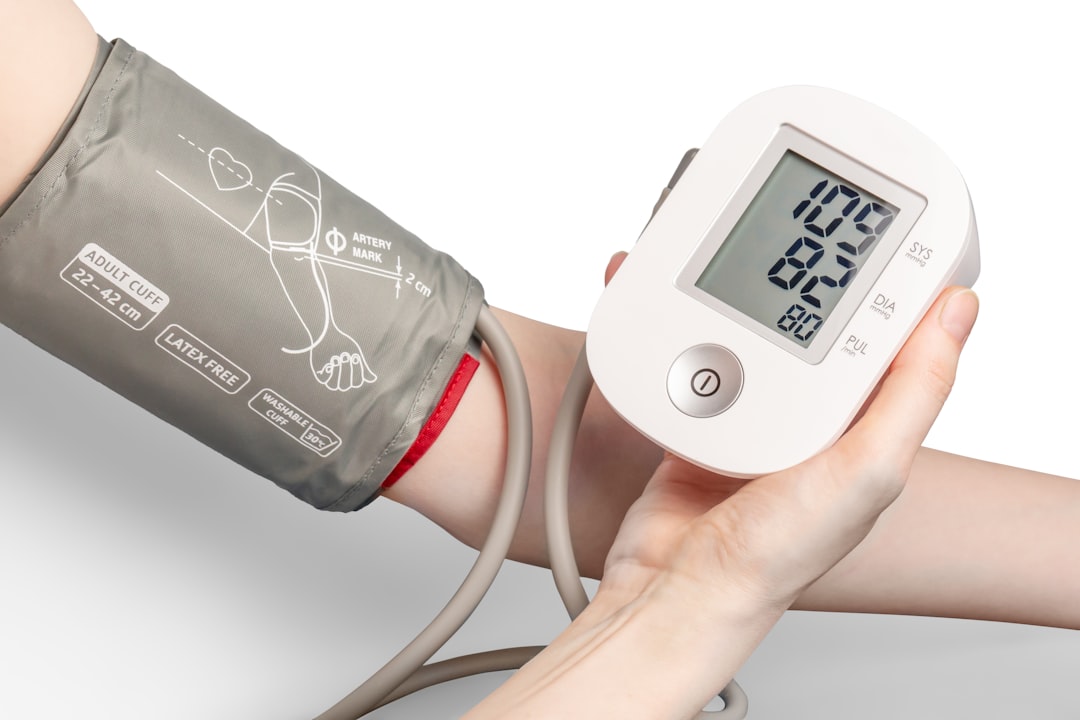Featured Image
Why is it important?
The importance of retraining the foot muscles and restoring foot movement in rehabilitation is not always prioritized. This data suggests that for patients having difficulties doing a single leg heel rise forefoot movement is nearly as important as rear foot movement in achieving normal heel rise height.
Perspectives
There are relatively few papers on how the foot moves in therapeutic trials. The significance of this paper is the surprising amount of forefoot motion that contributed to heel rise height. The unknown is what muscles and passive structures cause this movement. The foot intrinsic and extrinsic muscles and plantar fascia likely contribute. Therefore rehab to increase or normalize heel rise height theoretically should focus on these muscles.
Dr Jeff R Houck
George Fox University
Read the Original
This page is a summary of: Adult-Acquired Flatfoot Deformity and Age-Related Differences in Foot and Ankle Kinematics During the Single-Limb Heel-Rise Test, Journal of Orthopaedic and Sports Physical Therapy, April 2014, Journal of Orthopaedic & Sports Physical Therapy (JOSPT),
DOI: 10.2519/jospt.2014.4939.
You can read the full text:
Contributors
The following have contributed to this page










